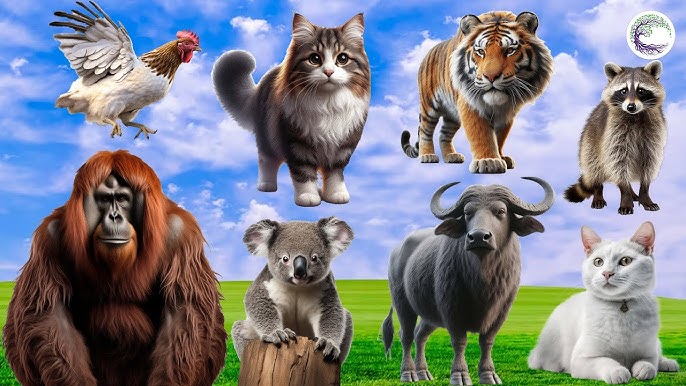888Tahltan Bear Dog
Conditions of detention
The Tahltan Bear Dog was well-suited to the harsh climates of British Columbia. They lived outdoors and adapted to various terrains, from dense forests to mountainous regions.
Useful Fact: Due to their adaptability, these dogs could thrive in extreme cold and rugged landscapes, making them ideal companions for the Tahltan people.
Nutrition and diet
Their diet primarily consisted of raw meat and fish, aligning with the hunting lifestyle of their owners. They were fed high-protein diets to maintain their energy and strength.
Useful Fact: Tahltan Bear Dogs were sometimes given the same game their owners hunted, ensuring they had a rich and nutritious diet.
Health
The breed was known for its robust health, attributed to its active lifestyle and natural diet. However, due to their remote living conditions, they had limited exposure to common canine diseases.
Useful Fact: There were no known hereditary health issues documented for the Tahltan Bear Dog, likely due to their strong genetic resilience.
Grooming and care
Their thick double coat required minimal grooming, as it naturally repelled dirt and water. Regular brushing helped maintain the coat’s health.
Useful Fact: The breed’s coat was well-adapted to the cold, providing insulation and protection against harsh weather.
Education and training
Tahltan Bear Dogs were intelligent and quick learners, making them highly trainable for hunting and other tasks. They responded well to positive reinforcement.
Useful Fact: These dogs were trained from a young age to track and corner bears, showcasing their exceptional learning abilities and bravery.
Toys and entertainment
Given their working nature, Tahltan Bear Dogs were not typically provided with toys. Their primary form of entertainment was hunting and outdoor activities.
Useful Fact: Engaging in hunting and exploring the wilderness was both a job and a source of stimulation for these dogs.
Safety
These dogs were adept at handling the dangers of the wild, including encounters with large predators like bears. Their small size and agility made them effective in evading threats.
Useful Fact: The Tahltan Bear Dog’s role in hunting required them to work closely with humans, ensuring they were well-protected by their handlers.
Accessories
The Tahltan Bear Dog did not require many accessories. Occasionally, they might have worn simple collars or harnesses made from natural materials.
Useful Fact: The minimal use of accessories was due to their practical and utilitarian lifestyle, focusing on functionality rather than aesthetics.
Socialization
These dogs were social and formed strong bonds with their human families. They also worked well in packs, cooperating effectively during hunts.
Useful Fact: Their ability to work in teams was crucial during bear hunts, where coordination and cooperation were essential for success.
Travel and Transportation
Tahltan Bear Dogs traveled extensively with their owners, often accompanying them on long hunting expeditions. They were agile and could cover large distances.
Useful Fact: Their compact size made them easy to transport, whether on foot or using traditional sleds and canoes.
Behavior and psychology
The breed was known for its bravery, intelligence, and loyalty. They were alert and responsive, with a strong instinct to protect their human companions.
Useful Fact: Their psychological traits made them invaluable as hunting partners, as they could sense danger and react swiftly.
Legal aspects
There were no specific legal regulations concerning the Tahltan Bear Dog, but their decline was influenced by broader changes in indigenous lifestyles and hunting laws.
Useful Fact: Efforts to preserve their cultural heritage include recognizing their historical significance to the Tahltan people.


